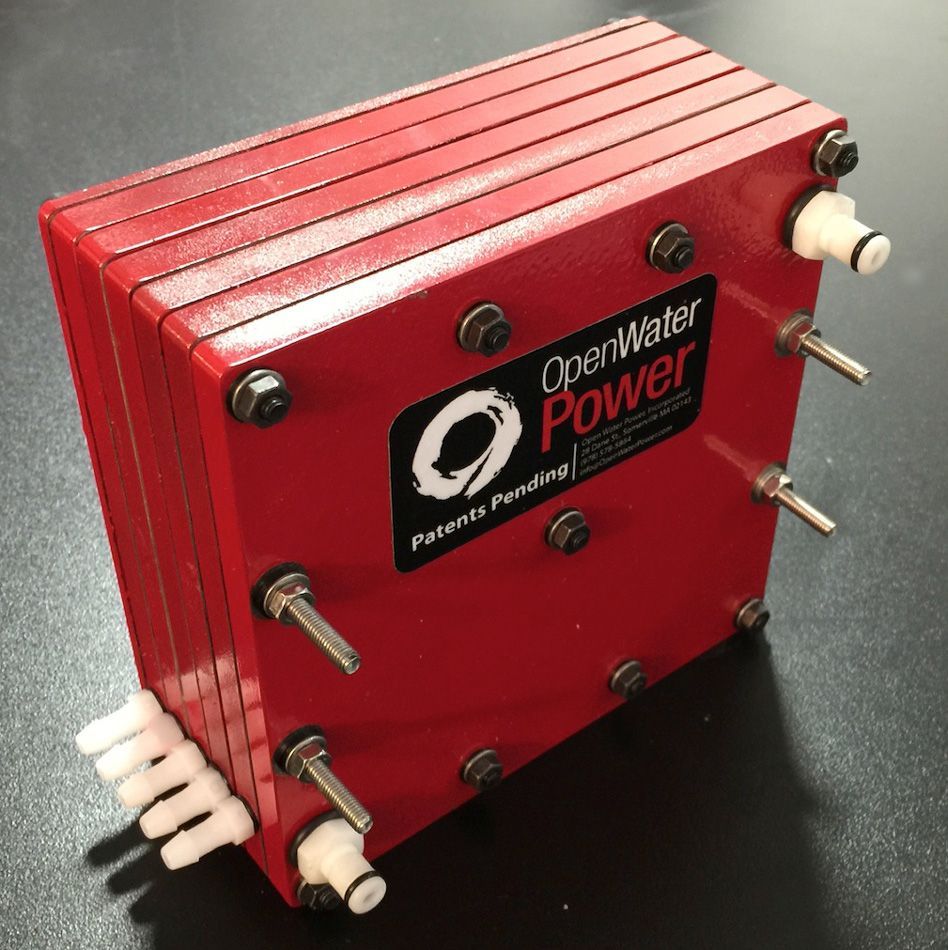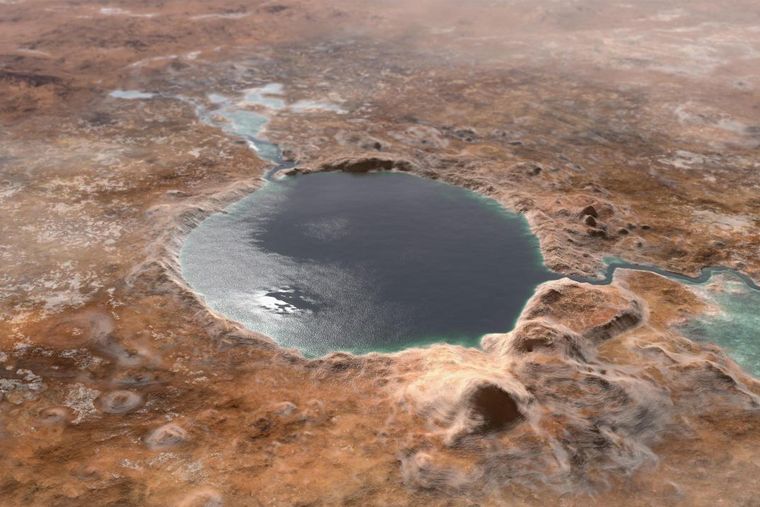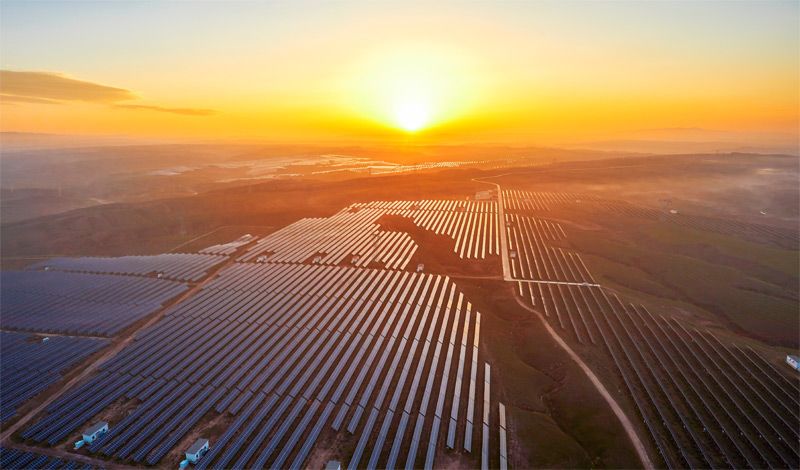Helion Energy said that its latest fusion generator prototype has exceeded 100 million degrees Celsius. The company has developed a unique pulsed fusion system.



According to the order page, the price in California starts at $1235, 890, and Tesla requires $5000 down. This doesn’t include taxes or annual maintenance. Prices do vary by state. Customers can order up to 1000 Megapacks, and if they do, the costs per unit decline with each additional Megapack order.
On its website, Tesla said that it took everything it knew about battery technology to enable the world’s largest energy projects. For these giga-scale projects, a 1 gigawatt-hour (GWh) project provides enough energy storage capacity to power every home in San Francisco for 6 hours.
For those ordering the Tesla Megapack, the earliest deliveries will occur in 2022, but not for all states. California, Nevada, and Texas have 2022 delivery estimates, while others, including my own state of Louisiana, have 2023 estimated delivery dates. The price of the Megapack for Louisiana is $1252, 810.
Get Surfshark VPN at https://surfshark.deals/undecided and enter promo code UNDECIDED for 83% off and 3 extra months for free! What if we could take a battery pack’s weight out of the equation? Imagine a car that has no battery pack because the car’s structural battery is the pack? Let’s explore massless energy storage and how a recent breakthrough could be a dramatic shift in how we can store energy in phones, planes, cars… you name it. Watch Exploring When Solid State Batteries Will Arrive: https://youtu.be/3PyXQ0UXk9w?list=PLnTSM-ORSgi7UWp64ZlOKUPNXePMTdU4dSimulation from FLOW-3D®, developed by Flow Science, Inc. (www.flow3d.com).Video script and citations:
https://undecidedmf.com/episodes/exploring-massless-energy-b…hFollow-up podcast:
Video version — https://www.youtube.com/channel/UC4-aWB84Bupf5hxGqrwYqLA
Audio version — http://bit.ly/stilltbdfm.
👋 Support Undecided on Patreon!
https://www.patreon.com/mattferrell.
⚙️ Gear & Products I Like.
Tesla and smart home gear:
https://kit.co/undecidedmfUndecided Amazon store front:
http://bit.ly/UndecidedAmazonFun, nerdy t-shirts:
http://bit.ly/UndecidedShirtsAbstract Ocean Tesla Accessories:
15% Discount — Code: “Undecided“
http://bit.ly/UndecidedAOJeda Tesla Wireless Charger/USB Hub:
http://bit.ly/UndecidedJedaTesla Referral Code:
Get 1000 free supercharging miles.
or a discount on Tesla Solar & Powerwalls.
https://ts.la/matthew84515Visit my Energysage Portal:
Research solar panels and get quotes for free!
http://www.energysage.com/p/undecided/ Or find community solar near you:
https://communitysolar.energysage.com/?rc=p-undecided.
👉 Follow Me.
https://twitter.com/mattferrell.
https://twitter.com/undecidedMFInstagram.
https://www.instagram.com/mattferrell.
https://www.instagram.com/undecidedmfFacebook.
https://www.facebook.com/undecidedMF/Website.
https://undecidedmf.com.
📺 YouTube Tools I Recommend.
Audio file(s) provided by Epidemic Sound.
http://bit.ly/UndecidedEpidemicTubeBuddy.
https://www.tubebuddy.com/undecidedVidIQ
https://vidiq.com/undecided.
I may earn a small commission for my endorsement or recommendation to products or services linked above, but I wouldn’t put them here if I didn’t like them. Your purchase helps support the channel and the videos I produce. Thank you.




“Emerging markets have no need to build up huge electrical infrastructure based on fossil fuels. Instead, they are leapfrogging this stage and meeting growth in demand by deploying clean energy systems — such as wind and solar — with huge potential to boost economic development and bring electricity to millions more people.”
Fossil fuel electricity generation has peaked worldwide as emerging markets seize the opportunities of low-cost renewables, according to a report published this week by India’s Council on Energy, Environment and Water (CEEW) and the financial think tank Carbon Tracker.
Renewables are already the cheapest source of new electricity additions in 90% of the world, the report notes. Emerging markets (non-OECD nations plus Chile, Colombia, Mexico and Costa Rica) therefore have no need to build up huge electrical infrastructure based on fossil fuels. Instead, they are leapfrogging this stage and meeting growth in demand by deploying clean energy systems – such as wind and solar – with huge potential to boost economic development and bring electricity to millions more people.
Engineers at the University of California San Diego developed a new wearable device that turns the touch of a finger into a source of power for small electronics and sensors. The device is a thin, flexible strip worn on a fingertip and generates small amounts of electricity when a person’s finger sweats or presses on it.
More interestingly, this sweat-powered device is capable of generating power even when the wearer is asleep or sitting still. This could open up some very interesting possibilities in the wearable space, as the researchers have now figured out how to harness the energy that can be extracted from human sweat even when a person is not moving.

Researchers have found evidence for an anomalous phase of matter that was predicted to exist in the 1960s. Harnessing its properties could pave the way to new technologies able to share information without energy losses. These results are reported in the journal Science Advances.
While investigating a quantum material, the researchers from the University of Cambridge who led the study observed the presence of unexpectedly fast waves of energy rippling through the material when they exposed it to short and intense laser pulses. They were able to make these observations by using a microscopic speed camera that can track small and very fast movement on a scale that is challenging with many other techniques. This technique probes the material with two light pulses: the first one disturbs it and creates waves—or oscillations—propagating outward in concentric circles, in the same way as dropping a rock into a pond; the second light pulse takes a snapshot of these waves at various times. Put together, these images allowed them to look at how these waves behave, and to understand their ‘speed limit.’
“At room temperature, these waves move at a hundredth of the speed of light, much faster than we would expect in a normal material. But when we go to higher temperatures, it is as if the pond has frozen,” explained first author Hope Bretscher, who carried out this research at Cambridge’s Cavendish Laboratory. “We don’t see these waves moving away from the rock at all. We spent a long time searching for why such bizarre behavior could occur.”
A new wearable device turns the touch of a finger into a source of power for small electronics and sensors. Engineers at the University of California San Diego developed a thin, flexible strip that can be worn on a fingertip and generate small amounts of electricity when a person’s finger sweats or presses on it.
What’s special about this sweat-fueled device is that it generates power even while the wearer is asleep or sitting still. This is potentially a big deal for the field of wearables because researchers have now figured out how to harness the energy that can be extracted from human sweat even when a person is not moving.
This type of device is the first of its kind, said co-first author Lu Yin, a nanoengineering Ph.D. student at the UC San Diego Jacobs School of Engineering. “Unlike other sweat-powered wearables, this one requires no exercise, no physical input from the wearer in order to be useful. This work is a step forward to making wearables more practical, convenient and accessible for the everyday person.”